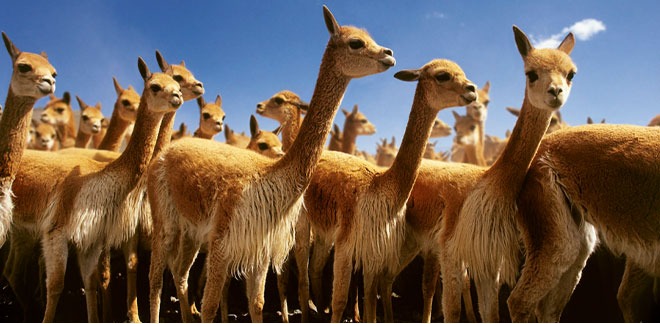Be dazzled by the fascinating Manu National Park
Síguenos en:Google News
Founded on May 29, 1973, and considered one of Peru's protected natural areas, Manu National Park is an impressive source of flora and fauna, with the greatest biodiversity in the world.
Located in the provinces of Paucartambo, in the region of Cuzco, and Manu, in Madre de Dios, Manu National Park covers an area of 1,716,295.22 hectares and occupies the entire Manu river basin. Being in the middle of the Amazon, it is full of different species of exotic wildlife and beautiful landscapes surrounded by countless varieties of plants. In addition, it is home to over 30 native communities, who fight to preserve their home every day and at the same time give tourists a warm welcome.
In regards to local wildlife, 222 mammal species have been identified as inhabiting the Manu National Park, including the jaguar, black tiger, South American tapir, peccary, deer, capybara and black spider monkey. 1,005 species of birds also live in the park, such as the harpy eagle, jabiru, roseate spoonbill, orinoco goose and the cock-of-the-rock. What's more, it holds the world record for amphibian and reptile diversity, with 155 and 132 species respectively. Lastly, it is home to over 50 snake species, 40 species of lizard, 6 turtle, 3 cayman and 210 fish species.
The vegetation found in Manu National Park is impressive and unique. The aguajales swamps are one of the most impressive sights, where you can see aguaje and açaí palms. There is evidence of at least 4,385 identified species of plants. In as little as one hectare of land, as many as 250 varieties of trees can be found.
Manu National Park has a range of interesting tourist attractions. For example, the Tres Cruces viewpoint, where there is a special panoramic view of the sun rise at over 3,600 meters above the Amazonian plain. In addition, it is possible to visit one of the most prestigious tropical research centers - the Cocha Cashu Biological Station. Another interesting option is the Interpretation Center located in the 'El Limonal' guard post.
The aim of Peruvian authorities, such as the National Service of Protected Natural Areas (SERNANP), is to conserve the most representative samples of biological diversity from the tropical rainforest of southeastern Peru, and contribute to the development of these spectacular parks, recognizing and protecting their cultural diversity.









